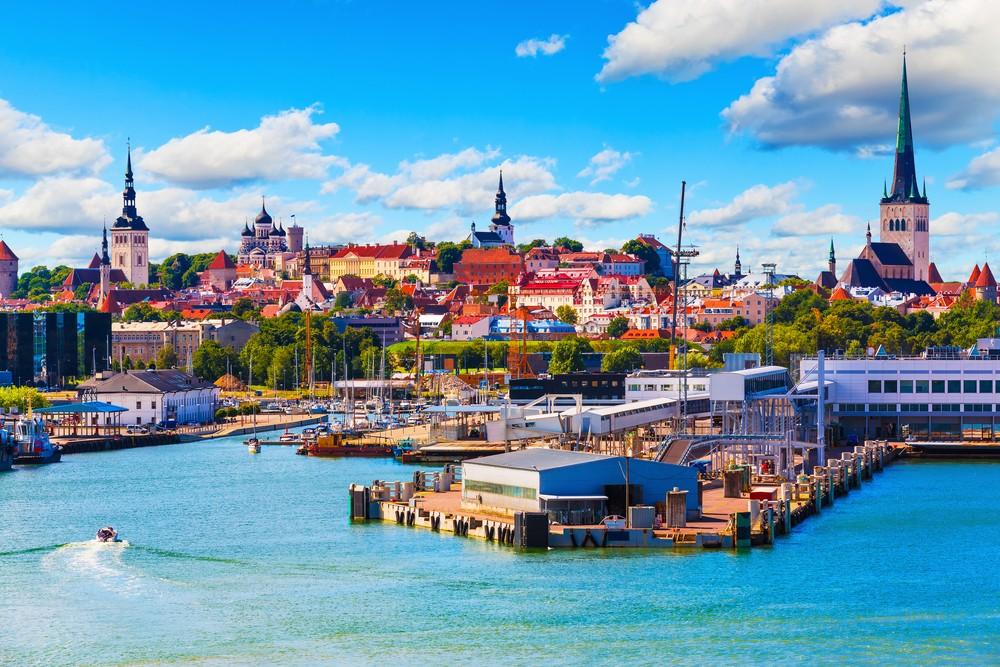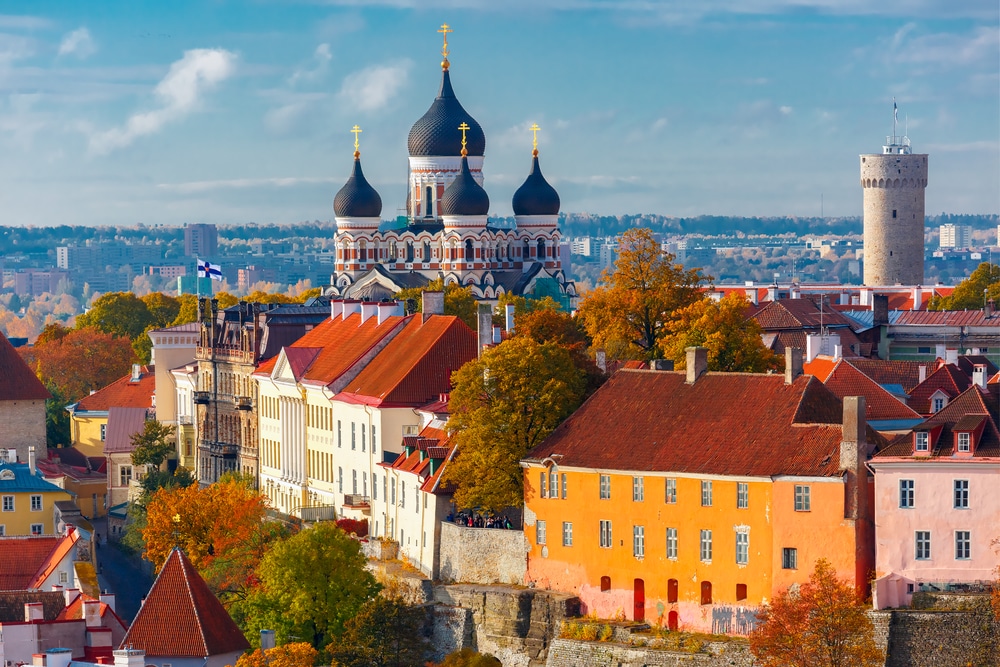Forests and meadows as far as the eye can see. The cloud mountains are reflected in the deep moors. The beaches invite you to long hikes, and beyond the coast there are no less than 1,500 islands. With romantic fishing villages and its traditional Nordic charm, Estonia is a pearl of the Baltic States and a region of quiet tones. It is located far in the east of the continent, and since the people there always oriented themselves towards Europe even in the years of oppression by the powerful neighbor Russia, they do not speak of the Baltic Sea in Tallinn and elsewhere but of the “West Sea”. Estonia is a quiet beauty that – like Latvia and Lithuania – gave itself freedom from August 1989 onwards with the so-called “Singing Revolution”. Now these countries have come of age and have opened up to tourism with their abundance of natural resources.

Always take it easy – that is the motto on the Estonian mainland and on the large and small islands in the “West Sea”. This is also the case on Saaremaa in the Bay of Riga , where the villages are surrounded by stone walls and the houses are thatched. The capital Kuressaare could be a copy of a Scandinavian metropolis, and accordingly many holidaymakers from Norway and Sweden spend their best time of the year here. Between the colourful wooden houses sits the imposing Bishop’s Castle. It occupies a special status in the Baltic states because it is the only one that has been almost completely preserved since the Middle Ages. Anyone who visits the castle, which is now a museum, is invited to take a walk through the history of Saaremaa. Kuressaare has recently made a name for itself as a health resort, not only in Estonia.
The coastal strip of Estonia measures almost exactly 3,800 kilometers. For centuries, the sea has been the source of well-being for people who used to hunt seals and still indulge in fishing today. The routes of the Hanseatic League led to the capital Tallinn. From there, England in particular was supplied with wood, honey, rye, wheat and furs. However, the central location of Estonian ports meant that conquerors and notorious sailors took a liking to this Baltic region. Traces of these activities lie on the bottom of the Baltic Sea and are interesting points for divers.

How about frog legs as an appetizer of the menu? Estonian cuisine has many surprises in store. In the numerous first-class restaurants, the regional products are primarily served, and if you look around the weekly markets, you will find everything that grows in the gardens of the inhabitants. One of the hits are the pickled cucumbers, which are of a special quality. Estonia is a magnificent place for connoisseurs.
Myths and legends have been alive in Estonia for centuries and are passed down from generation to generation. The quiet magic of the country is also manifested in the belief in the imperturbability of nature. For most people, this green is “sacred” – and by that they also mean the stones, trees and rivers. The tallest pine tree in the world can be admired in the south of Estonia, in Pölva County. It is estimated to be around 215 years old and has now reached a height of 47 meters.
Culture enthusiasts are drawn to Tallinn’s Old Town, where a medieval façade meets an Art Nouveau backdrop, and where the path to Toompea Hill is still bumpy and roughly paved. Since the revolution, new life has made room for itself within the old walls. For almost eight hundred years, Estonia was controlled by others – now the people enjoy their autonomy. In the early morning and evening, a fanfare sounds over Tallinn and the national flag is hoisted on the highest tower. The Estonians see this as a sign of their new freedom.
Travel information Estonia
| Capital | Tallinn |
|---|---|
| Form of government | parliamentary republic parliamentary democracy |
| Currency | Euro (EUR) |
| Area | approx. 45,339 km² |
| Population | approx. 1,319,130 (2018) |
| Languages | Estonian |
| Electricity grid | 230 volts, 50 Hz |
| Area code | +372 |
| Time zone | UTC+2 EET UTC+3 EEST (March to October) |


